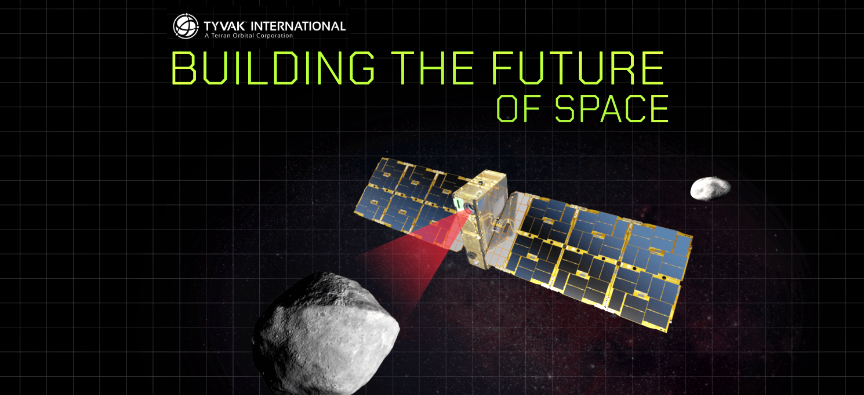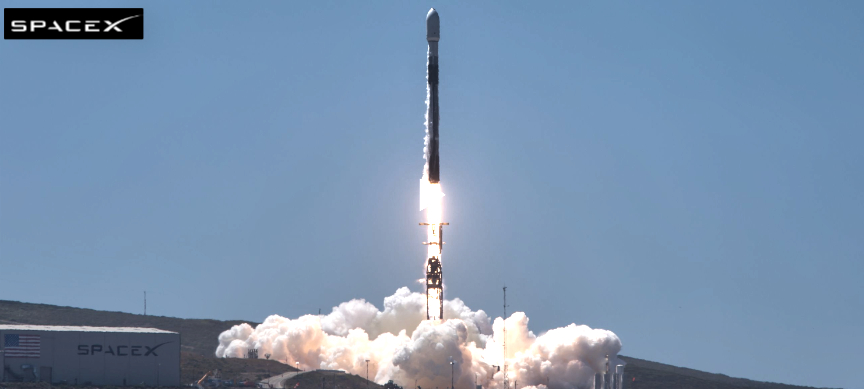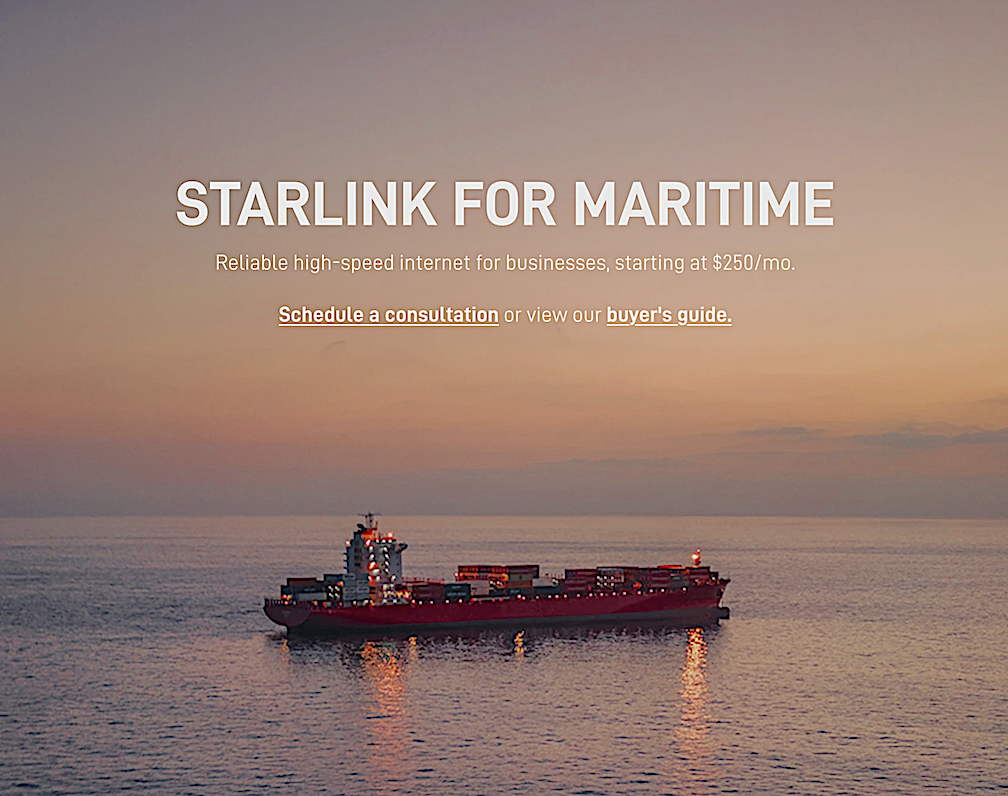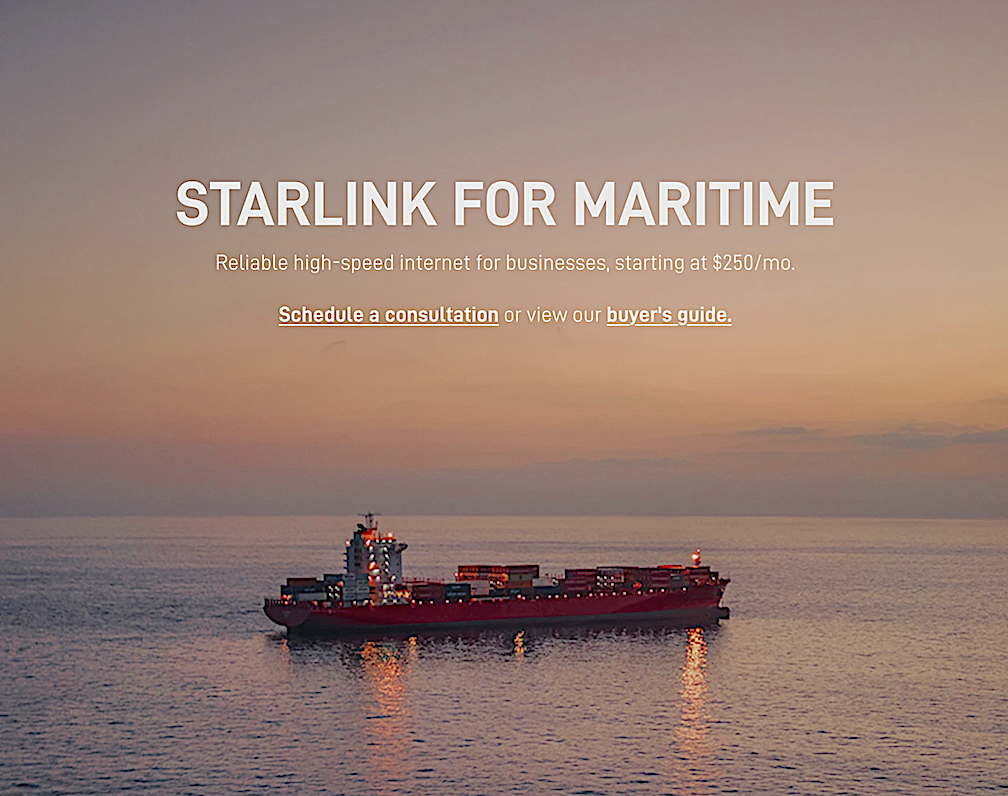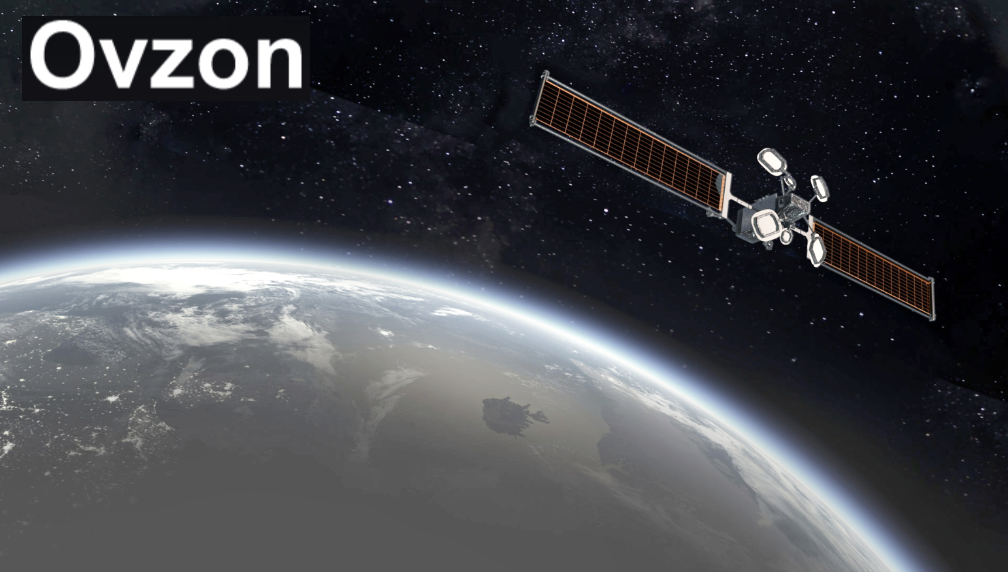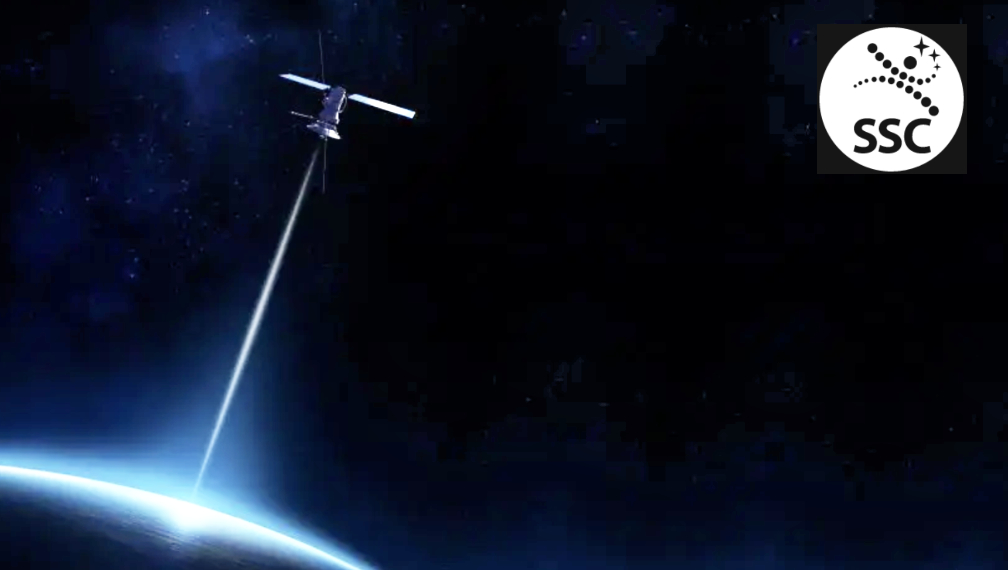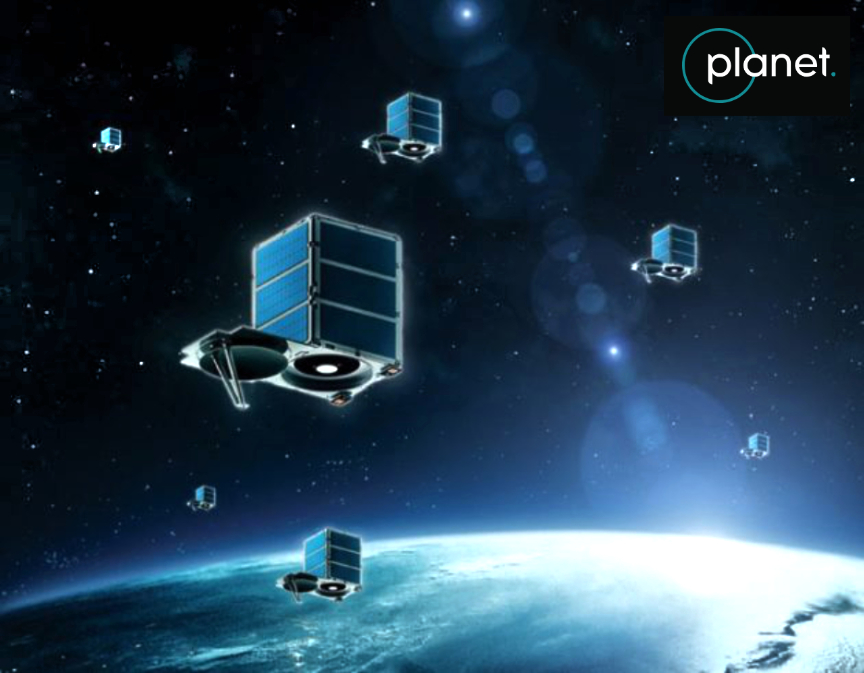
Neuron, the first AI-powered QoE management platform for things that move, has launched Network Capacity Controller, the first solution for dynamically orchestrating satellite capacity between the ships, aircraft or remote sites in a fleet.
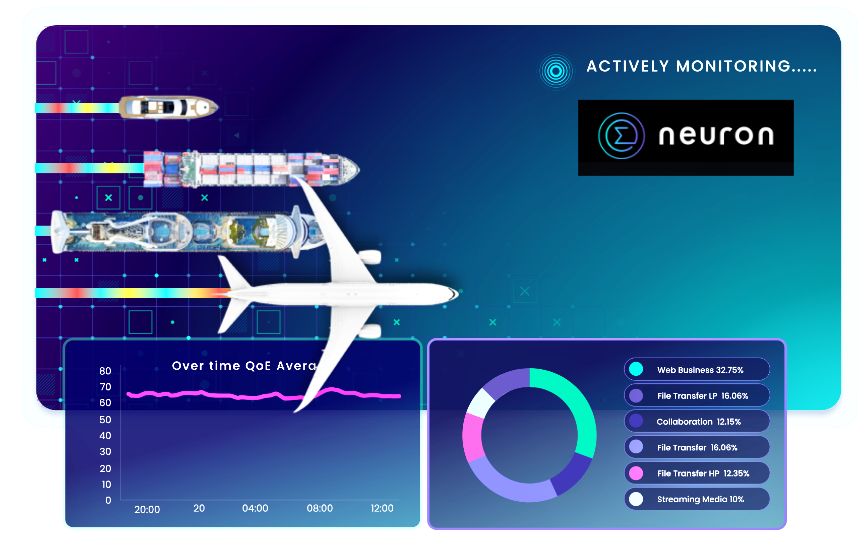
Network Capacity Controller uses AI and machine learning to make the best use of fleet-wide capacity when and where it’s needed most, optimizing resources, performance, and quality of experience (QoE).
Satellite capacity, when allocated to a ship, aircraft or remote site, is generally fixed. In a fleet, if one endpoint requires more bandwidth due to high data demands, while another has excess capacity, resources cannot be easily reallocated to balance the load. Complex modeling and forecasting aim to avoid underutilization and congestion, but optimal usage is difficult to predict with changes in geography, weather, number of passengers, application requirements, demand variables over time and more. As a result, performance and cost inefficiencies are inevitable.
Network Capacity Controller intelligently reallocates capacity in near real time – no need for manual policies or interventions. For example, if Ship A’s internet is impacted by weather, Network Capacity Controller will automatically shift capacity from Ship B to Ship A – and it will prioritize bandwidth that performs better in rain, like C-Band, while Ship B makes use of the other bandwidth options that are available. In another example, Ship B is planning to host a highly produced, live-streamed event at sea. Ship A will be docked at the time of the event, so instead of letting that capacity sit idle, Network Capacity Controller will redistribute it to Ship B for the event.
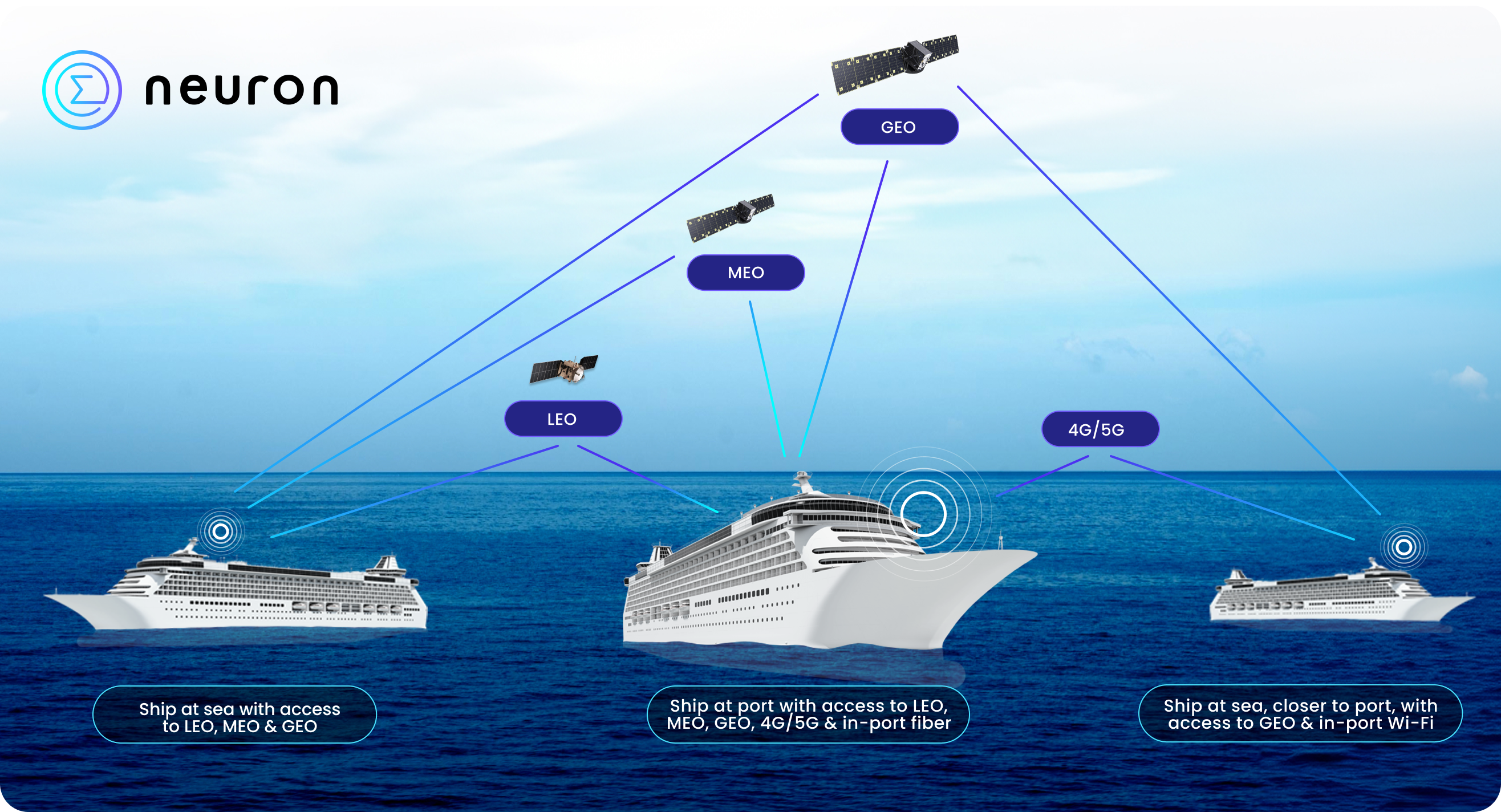
Network Capacity Controller is underpinned by Neuron Grid, an AI-powered network management solution that delivers seamlessly blended connectivity across multiple providers, orbits and networks. Grid’s intelligent decision engine makes decisions every 50 milliseconds to orchestrate traffic on a ship, plane or remote site over the right connectivity service at the right time, making the best use of all available onboard bandwidth at the highest QoE.
Grid constantly analyzes traffic patterns and trends to gauge current and future demands on the network. When the system detects an imbalance between endpoints, Network Capacity Controller will proactively direct certain vessels to stop using an allocated pool of capacity, allowing the vessel(s) with the highest need to benefit from the additional throughput.
Network Capacity Controller can also manage specific consumption pools, whether LEO, MEO or GEO. Starlink, for example, has changed the traditional provider business model by allowing its customers to purchase a set amount of service to use anywhere they want. However, customers aren’t equipped to manage consumption in that way. Network Capacity Controller can do it for them, dynamically managing each pool to maximize QoE and manage costs.
“Efficiently managing connectivity resources across hundreds of moving ships and planes or remote assets is challenging,” said Benny Retnamony, founder and CEO, Neuron. “Network Capacity Controller eliminates the need to make capacity decisions based on individual endpoints. Neuron can measure and determine how much capacity a fleet needs, and Network Capacity Controller will dynamically manage it to meet demand precisely when and where it matters.”
“At Neuron, we take care of the complex engineering so that our customers don’t have to,” said Prateek Dahale, director of engineering, Neuron. “Network Capacity Controller works behind the scenes, analyzing thousands of data points every second to make decisions about how to best orchestrate a fleet’s pool of capacity and optimize the network accordingly. Its algorithm continually learns and adapts, ensuring smarter decisions and better results over time.
About Neuron
Neuron is the first AI-powered QoE management platform for things that move. It seamlessly blends any combination of connectivity, regardless of provider, orbit or network, into one, vendor-neutral environment; continuously measures and analyzes real-time connectivity performance and its impact on quality of experience (QoE); and dynamically orchestrates the network to deliver the best possible QoE – even in the most remote places.

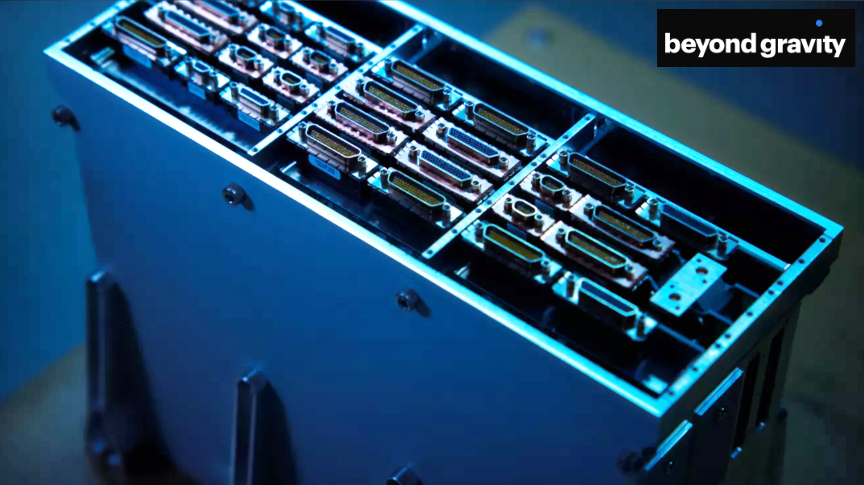
 , a game-changing product line driving the transition from analog to digital satellite technology.
, a game-changing product line driving the transition from analog to digital satellite technology. 




